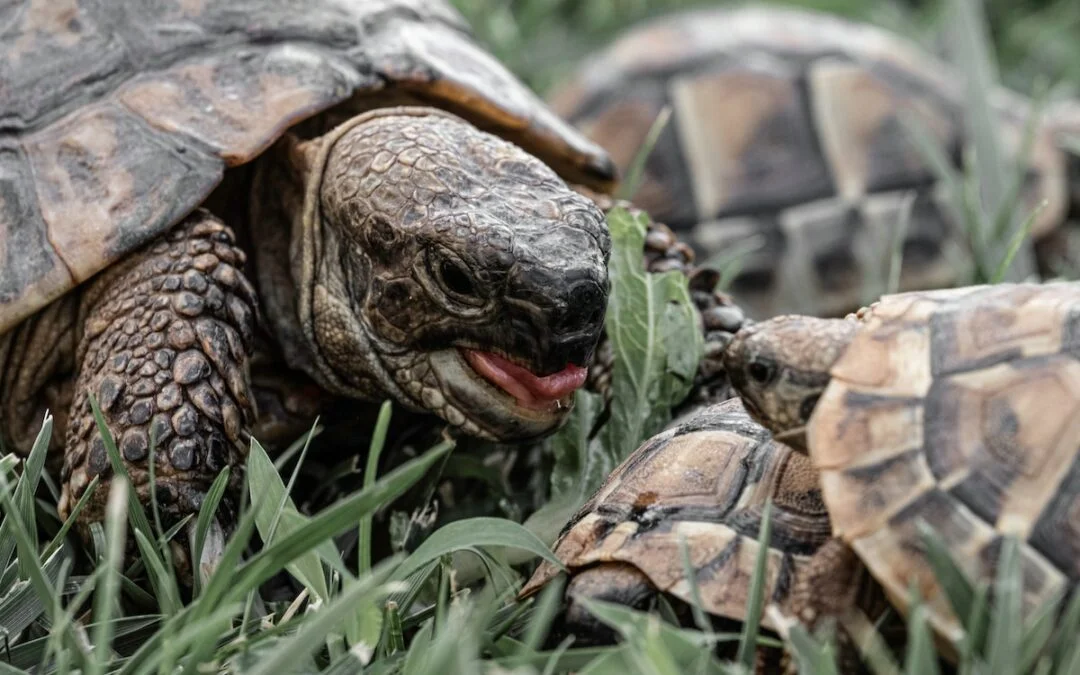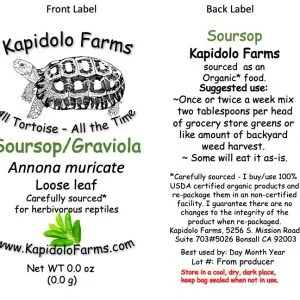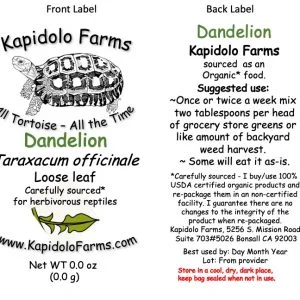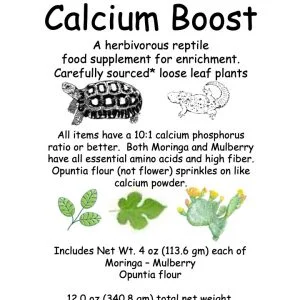When getting a puppy, most likely, you will have to consider their breed, just as you would when getting a tortoise. Also, take note that tortoises vary when it comes to their personalities, needs, and sizes.
These are some important things that you need to consider when selecting which pet tortoise is ideal for you. The choice of tortoise breed can differ from one person to another. Here, we are going to provide you with some insights to help you in making a well-informed decision.
Before Getting a Tortoise
There are some important things to consider before getting a pet tortoise and which species of tortoise you’ll choose.
Habitat

When selecting a pet tortoise, it is important to consider their native habitat as well as the type of environment you can offer them. Also, you must learn about the recommended habitat for every species.
Where do you plan to keep your tortoise? If you are planning to place your pet tortoises outdoors, then you should select tortoise species that can adapt to the weather in your area.
Specific species such as the Indian star tortoise and leopard tortoises should not be placed outside since they cannot tolerate cold weather. Nevertheless, there are other species of tortoise that can be placed outside since they can thrive in lower temperatures.
Also, be sure to check if the temperature is within the range that is appropriate for the tortoise, and don’t forget that the weather could get colder at night. If you are planning to keep your pet tortoise outside then you must ensure that they can’t escape. Another important thing to consider is their natural behaviors.
Also, a few tortoise species including sulcata tortoises and marginated tortoises have the tendency to burrow so there is a greater risk that they could escape underground.
If you want to keep your pet tortoise indoors, then be sure to provide them with a proper enclosure with the right substrate, water requirements, and food, as well as UV light and other sources of warmth. If you want to make or purchase a wooden tortoise table, then you should choose something that is large enough for your tortoise and their needs.
Other people have a dedicated room just for their pet tortoises. This can allow them to keep larger tortoise species such as the African spur-thighed or the sulcata tortoise which normally won’t thrive when kept on a tortoise table. Wherever you want to keep them, just ensure that they won’t be able to escape and are safe from predators, pests, and toxic elements.
Size
When making a tortoise enclosure, be sure to consider its space requirements. Basically, large tortoise species like the sulcata tortoise would require an area of at least 80 square feet so they can explore comfortably.
If you can’t provide this kind of space to your pet tortoise, then it is recommended that you choose smaller species such as pancake or Egyptian tortoise which can feel more comfortable when placed on a tortoise table.
Brumation
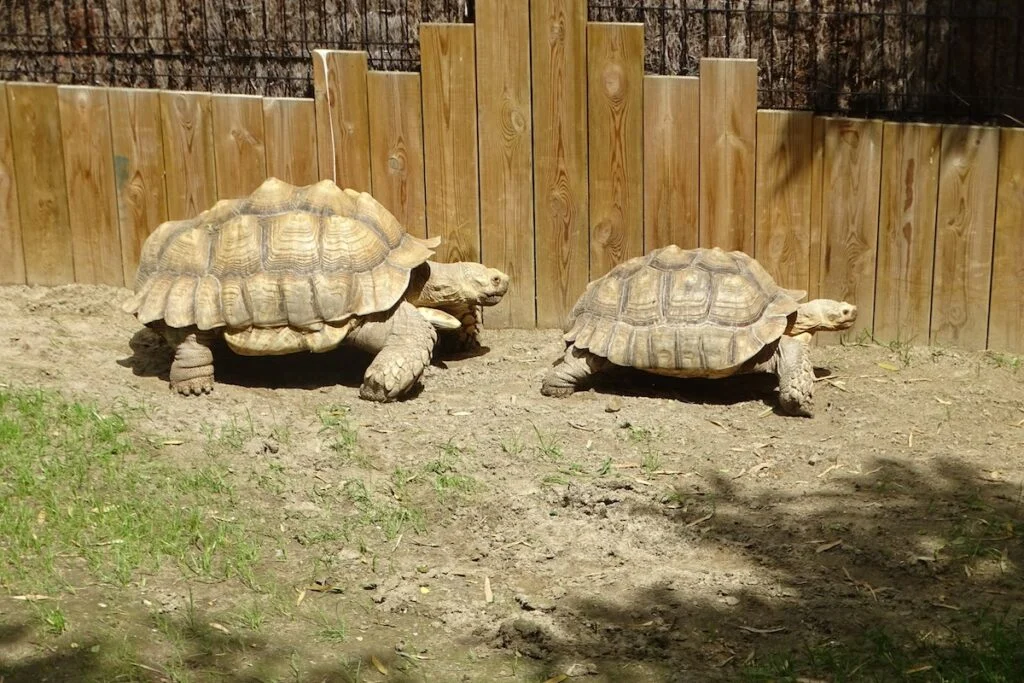
If your pet tortoise stays outside and the temperature suddenly drops below the appropriate range, then most likely your tortoise tends to hibernate. Be sure to do some research and talk with a specialist veterinarian to guarantee that your pet tortoise is in the best health and will be ablet to survive this period.
Health
Tortoise owners should be aware that tortoises are vulnerable to numerous health conditions. Therefore, before getting a pet tortoise, check if there is a specialist veterinarian nearby just in case you need help when something goes wrong.
Keep in mind that not every veterinarian can provide the care they require when problems might develop. Some of the things that you should be cautious about are metabolic bone disease and respiratory infections. Despite the fact that this can be treated and avoided, keep in mind that they are more common in captive tortoises.
Personality
Most often, the best pet tortoises are those that like to interact with humans. After all, this is the reason why you are getting a pet in the first place. Although there are some tortoises that don’t want to be handled, others are simply big enough to be handled at all.
African spur-thighed and red-footed tortoises are some of the most interactive tortoise species. Sometimes they even seek out positive interactions from their owners.
For first-time tortoise owners, it is recommended that they should get Hermann’s tortoises or red-footed tortoises since they are docile and curious. Another alternative would be leopard star tortoises which are quite shy in nature.
Which Tortoise Species Should You Choose?
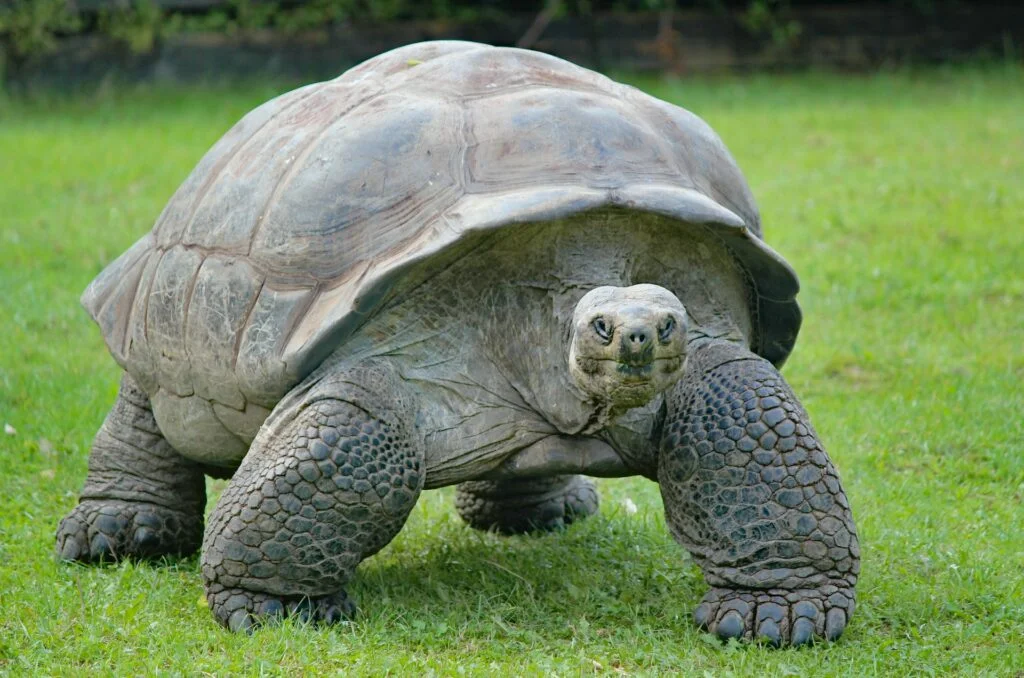
After learning some of the things you need to consider before getting your own pet tortoise, it will now be easier for you to know which tortoise species is more suitable for you. Here are some of the most popular tortoise species that you can choose from.
Mediterranean Spur-Thighed Tortoise
Also known as Greek tortoise. Its scientific name is Testudo graeca and reaches up to 10 inches once it becomes an adult. Although it has a lifespan of 50 years, it can survive up to 125 years old.
This tortoise requires an area of up to 18 square feet. It is named spur-thighed tortoise because it has raised scales within its thighs. They are also highly recognized for the various colors in their shells and the symmetrical markings present on their head.
The Greek tortoise has a curious nature and smaller size, making it one of the most popular tortoise species. Although they dislike being handled, nevertheless, they are best known for being too friendly with their owners. Although they do not need too much space, however, make sure to provide them with a good substrate as well as some tortoise-safe plants.
Leopard Tortoise
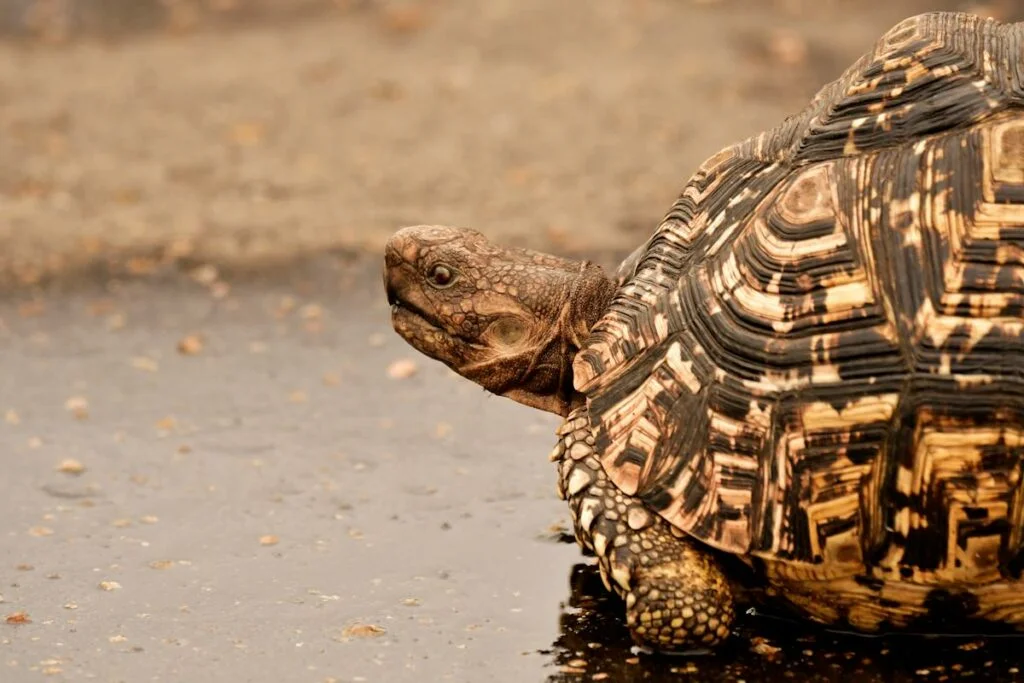
The scientific name of this tortoise species is Stigmochelys pardalis and has an average size of 18 inches when it reaches adulthood. The leopard tortoise is known to have a lifespan of up to 100 years.
Although it requires a space of up to 50 square feet, it would be much to keep it larger up to 80 square feet or even more. The leopard tortoise can be immediately identified through its unique shell that looks the same as a leopard, the spotted cat after which it was named.
Leopard tortoises are considered the fourth largest tortoise species worldwide. This tortoise species can make wonderful pets, but keep in mind that they are larger in size, hence they need more space which can be challenging to provide.
Although they can survive in outdoor environments, they can’t tolerate cold weather, particularly at night. Usually, leopard tortoises are not fond of climbing or digging so you just need to provide them with secure space to explore and graze.
Red-Footed Tortoise
Red-footed tortoise has a scientific name of Chelonoidis carbonaria and has a size of 11 to 14 inches when it reaches adulthood. It can survive between 30 to 50 years.
If you plan on getting this tortoise species, then be sure to prepare a minimum space of 50 square feet. The red-footed tortoise is a medium-sized tortoise that can be easily identified by the red shades on its feet and often on its head, hence this is why it is named as such.
Compared to other tortoise species, red-footed tortoises require more humidity. However, most of their owners reveal that the extra effort is worthwhile because of their inquisitive nature. The red-footed tortoise is considered as one of the greatest tortoise species for a pet since they seldom shy away from humans.
Indian Star Tortoise
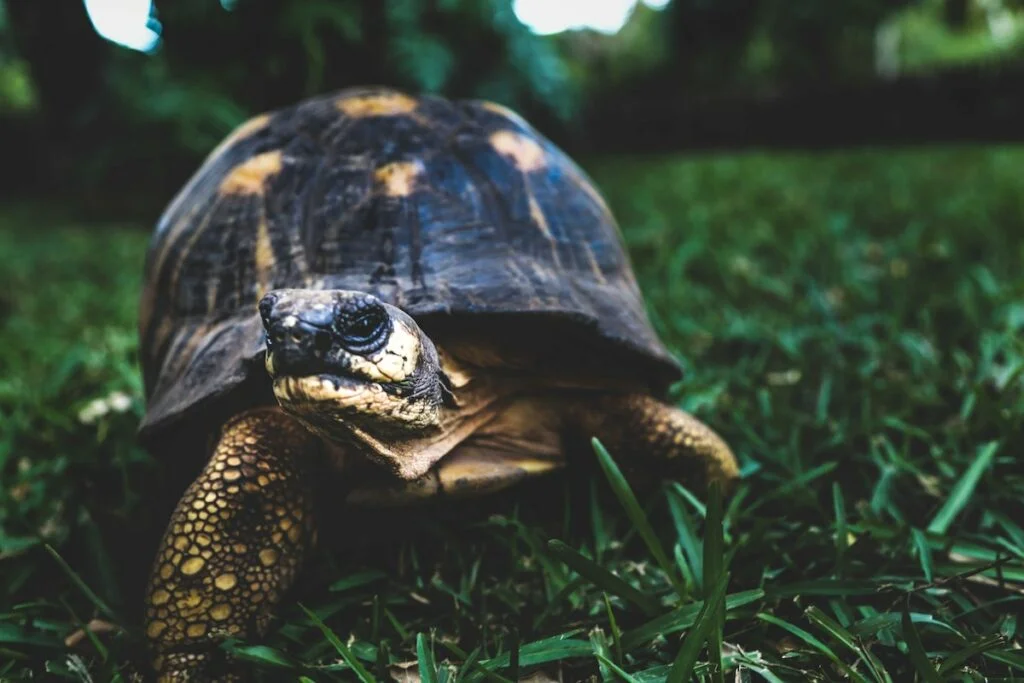
Geochelone elegans is its scientific name and it’s also known as Star tortoise. When it turns to adult, its size can reach up to 12 inches. This tortoise species has a lifespan of between 30 to 80 years. When getting a start tortoise, be sure to provide it with a space of at least 36 square feet.
Unlike any other tortoise species, Indian star tortoises have fabulous markings found on their shells, making them a well-known pet all over the world. You will notice that several tortoises have varying colors on their shells, but when it comes to Indian star tortoise, you will only see dark and bright. With this incredible contrast, the Star tortoise can be easily recognized.
At Kapidolo Farms, you can find different kinds of food and diet items for your tortoise pets. To know more about products, just email us at kapidolofarms@gmail.com or contact us at 215-483-7675.


